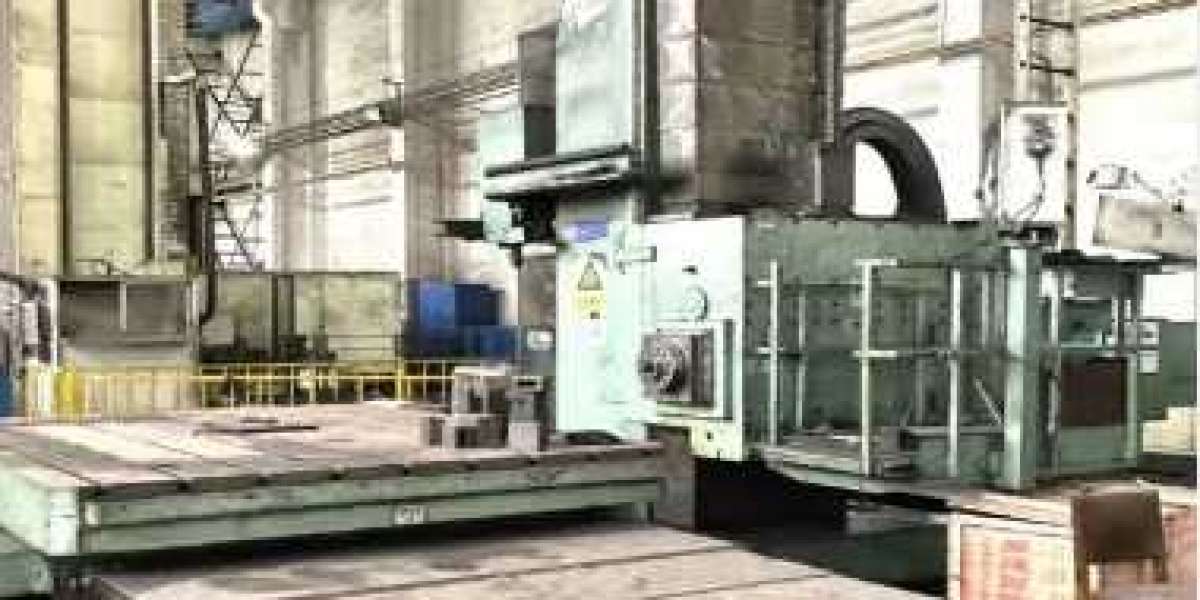In the world of manufacturing, vertical machining centers (VMCs) have become indispensable tools for various industries. These machines offer numerous benefits, including improved efficiency, accuracy, and versatility. In this article, we will delve into the components and working principles of VMCs, discuss the different types available, explore their features and capabilities, examine their applications, and highlight the maintenance and inspection requirements for these machines.
Components and Working Principles
A typical VMC consists of several key components that work together to perform precision machining operations. These components include the machine base, column, spindle, tool changer, worktable, and control system.
The machine base provides a stable foundation for the VMC, ensuring minimal vibrations during operation. The column, mounted on the base, supports the spindle and tool changer assembly. The spindle is responsible for rotating the cutting tool, while the tool changer allows for automatic tool changes, reducing downtime and increasing productivity.
The worktable, also known as the pallet, holds the workpiece securely in place during machining. It can move along the X, Y, and Z axes, allowing for multi-axis machining operations. The control system, typically a computer numerical control (CNC) system, coordinates the movements of the various components and controls the machining process.
Types of VMCs
There are several types of VMCs available, each designed to cater to specific manufacturing needs. The most common types include:
3-axis VMCs: These machines have three axes of movement – X, Y, and Z – allowing for precise machining in three dimensions. They are suitable for a wide range of applications and are often used in industries such as aerospace, automotive, and medical.
4-axis VMCs: In addition to the X, Y, and Z axes, these machines also have a rotary axis, typically referred to as the A-axis. This additional axis enables the machining of complex parts with features that require rotation, such as cylindrical or contoured surfaces.
5-axis VMCs: These machines offer even greater flexibility by adding two additional rotary axes, typically referred to as the B and C axes. With five axes of movement, 5-axis VMCs can perform complex machining operations on parts with intricate geometries, reducing the need for multiple setups and increasing accuracy.
Features and Capabilities of VMCs
VMCs come equipped with various features and capabilities that enhance their performance and versatility. Some of the notable features include:
High-speed spindles: VMCs often feature high-speed spindles capable of rotating at speeds exceeding 10,000 RPM. This allows for efficient material removal and reduces machining time.
Automatic tool changers: VMCs are equipped with tool changers that can hold multiple tools simultaneously. This enables automatic tool changes during machining operations, eliminating the need for manual tool changes and reducing downtime.
Coolant systems: To prevent overheating and prolong tool life, VMCs are equipped with coolant systems that deliver a steady stream of coolant to the cutting area. This helps to dissipate heat and flush away chips and debris.
Probing systems: Many VMCs are equipped with probing systems that allow for in-process measurement and inspection. These systems can automatically measure and verify the dimensions of machined features, ensuring accuracy and reducing the need for manual inspection.
Applications of VMCs
VMCs find applications in a wide range of industries, including aerospace, automotive, medical, electronics, and mold making. Some common applications include:
Precision machining: VMCs excel at precision machining operations, such as milling, drilling, and tapping. They can produce complex parts with tight tolerances, ensuring high-quality finished products.
Prototyping: VMCs are often used in the prototyping phase of product development. Their versatility allows for quick and accurate production of prototypes, enabling designers to test and refine their designs before mass production.
Production machining: VMCs are also widely used for production machining, where large quantities of parts need to be manufactured consistently. Their high-speed capabilities and automatic tool changers make them ideal for high-volume production.
Benefits of Vertical Machining Centers in Manufacturing
The use of VMCs in manufacturing offers several significant benefits:
Improved efficiency: VMCs are designed for high-speed machining, allowing for faster material removal and reduced cycle times. This leads to increased productivity and shorter lead times.
Enhanced accuracy: With their precise movements and advanced control systems, VMCs can achieve high levels of accuracy and repeatability. This ensures consistent quality and reduces the need for rework or scrap.
Versatility: VMCs can handle a wide range of materials, from metals to plastics, and can accommodate various part sizes and complexities. This versatility makes them suitable for a diverse range of applications.
Reduced setup time: VMCs often feature automatic tool changers and probing systems, which streamline the setup process. This reduces the time required for tool changes and allows for in-process measurement and inspection, minimizing setup errors.
Cost savings: The efficiency and accuracy of VMCs can lead to significant cost savings in terms of reduced labor, decreased scrap rates, and improved overall productivity. These machines also require less floor space compared to other machining centers, optimizing the use of valuable manufacturing space.
Maintenance and Inspection
To ensure the optimal performance and longevity of VMCs, regular maintenance and inspection are essential. This includes routine cleaning, lubrication, and inspection of critical components such as the spindle, tool changer, and way covers. Regular calibration and alignment checks should also be performed to maintain accuracy.
Additionally, periodic inspections of the coolant system, electrical components, and safety features are necessary to ensure safe and reliable operation. It is recommended to follow the manufacturer's guidelines and schedule preventive maintenance to address any potential issues before they become major problems.
Conclusion
Vertical machining centers have revolutionized the manufacturing industry by offering improved efficiency, accuracy, and versatility. With their various features and capabilities, VMCs can handle a wide range of applications, from precision machining to high-volume production. The benefits of VMCs include increased productivity, enhanced accuracy, reduced setup time, and cost savings. Regular maintenance and inspection are crucial to ensure the optimal performance and longevity of these machines. As manufacturing continues to evolve, VMCs will remain a vital tool for achieving high-quality, efficient, and cost-effective production.








